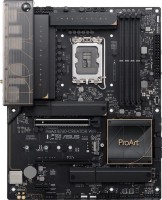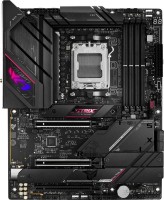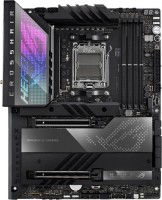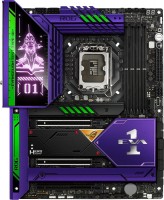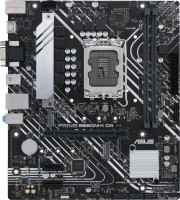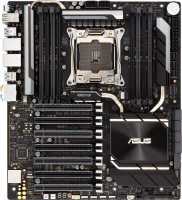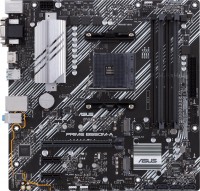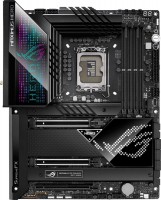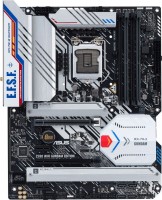Motherboards Asus series Workstation
prices on 22 modelsAsus Workstation (workstations)
Each motherboard manufacturer puts a different meaning in the term "workstation". For some, these are the simplest options for trading terminals or office computers, for others they are almost quantum supercomputers that solve complex mathematical problems. In the case of the Asus Workstation line, we are talking about two categories at once.
 |
Compact micro-ATX and mini-ITX format models are responsible for "simple" workstations in this series. Their characteristics differ little from the possibilities of low-cost office materials, but the devil lies in the details. In their production, a special water-repellent textolite is often used, which will prolong the life of the device in conditions of high humidity. And the system provides automatic BIOS recovery in case of update errors, as well as a full-fledged update log. Despite the low-cost, the entry-level Asus Workstation models, which were released at the end of 2020 and later, have already integrated PCI-E 4.0 bus for ultra-fast data exchange between system components.
Asus Workstation HEDT-class workstations are responsible for serious calculations. These are old-school CEB/EBB server boards based on Intel X299 or Intel C621 chipsets, which allow you to assemble, if not a NASA computer, then something extremely close to it. For example, the popular Asus WS C621E SAGE model boasts 8 RAM slots, 4 PCI-E 16x slots and a dual processor socket. That is, theoretically, it can be installed up to four video cards, 128 GB of RAM and two Intel Xeon processors. They have the appropriate system administration capabilities.

